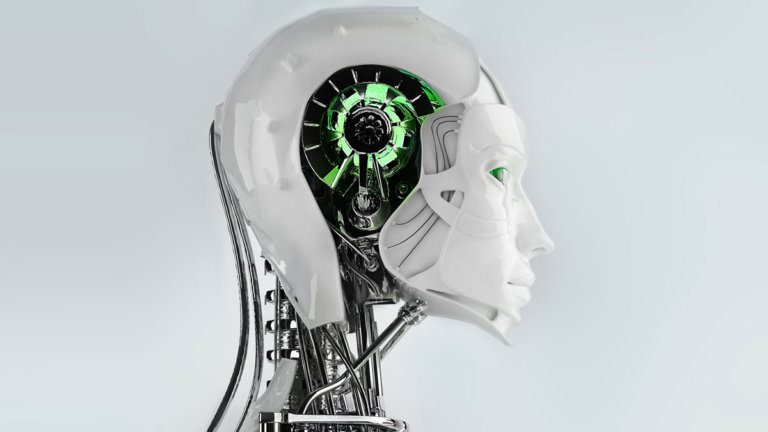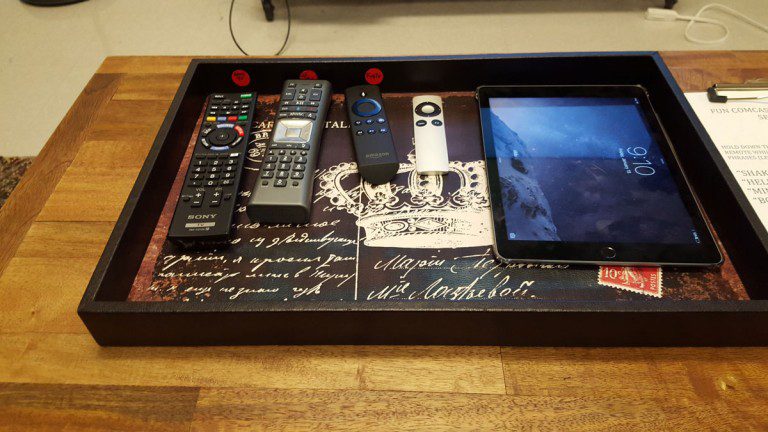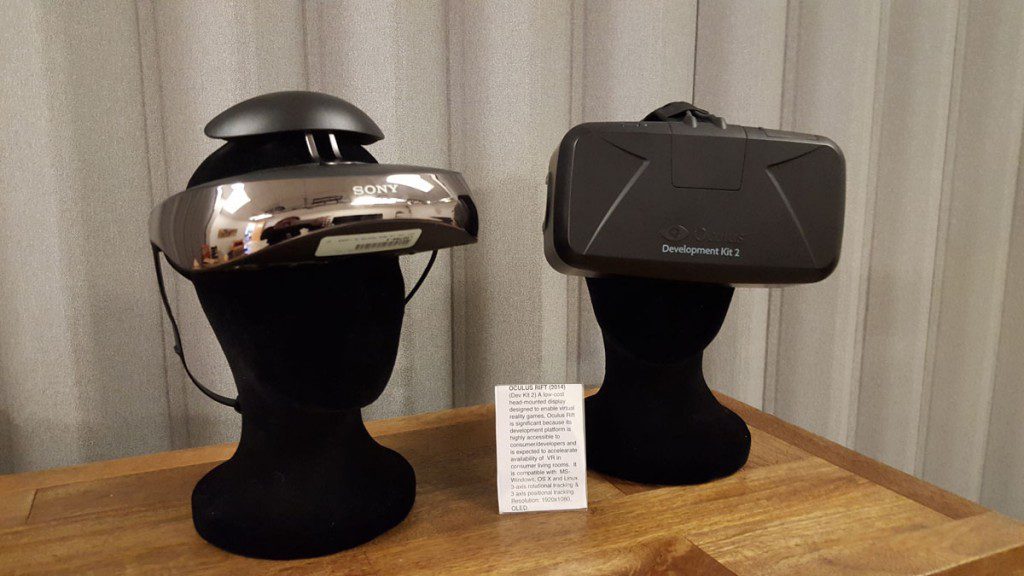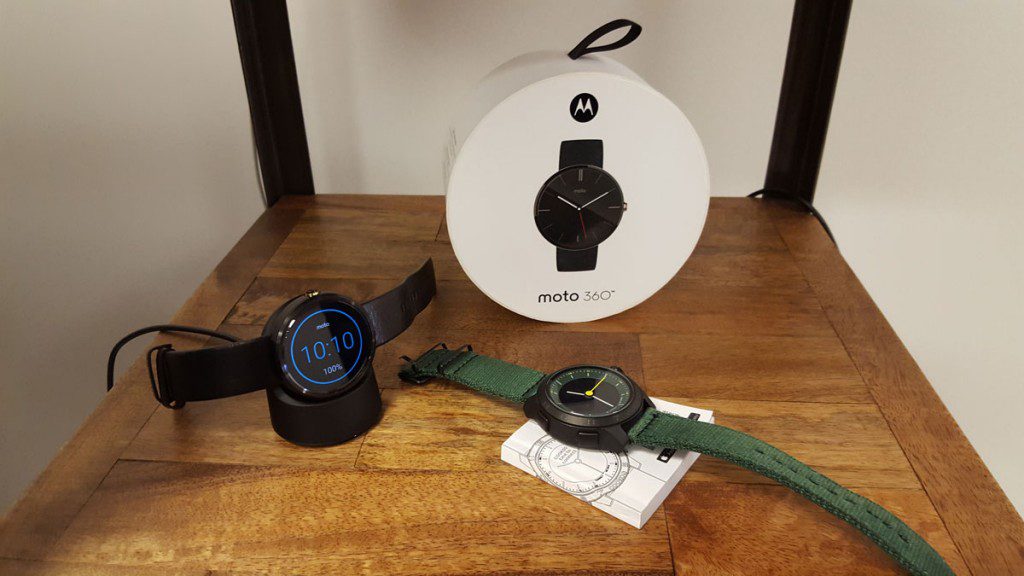Innovation
Co-Innovation: Cablelabs’ Newest Acceleration Program


CableLabs has a strong reputation for delivering technology breakthroughs to the cable industry. It also has expertise in facilitating ideas among industry stakeholders.
By leveraging its strengths, CableLabs is increasing its focus on innovation. As a part of our transformation, we are adopting leaner, more accelerated approaches around our mid-size and strategic innovation projects. We have established a new program --- The Co-Innovation Program – that is targeted at helping CableLabs make strides in interesting adjacent and strategic technologies by intentionally seeking “co-innovation relationships” with companies who are not necessarily part of the cable industry right now.
Keep in mind, when people say the word “co-innovation” there is a tendency in innovation circles to translate this to solely mean “co-development.” At CableLabs, however, our Co-Innovation program includes co-development — and so much more.
Understanding that the work of entering into new territory is sometimes a messy business, CableLabs recognizes that one path to success might be partnering with people outside of your traditional industry who may share an interest in the same innovation space. Intentionally seeking partnerships where BOTH of you can enter into a mutually interesting arena where neither of you might have the skills or financial prowess to enter on your own can often accelerate your ability to enter a space more easily. Since new spaces are often fuzzy, it takes a certain amount of an adventuresome spirit as well as at least some funding and some willing and talented explorers to scout the territory and make headway on some of the more worthy expeditions. As with all exploration, complimentary thinking and skills often save the day in the face of new discoveries and challenges. For example, can you imagine Lewis without Clark?
It is with this spirit that CableLabs founded its Co-Innovation Program. We are proactively looking for partner companies to help us explore interest areas just outside of our traditional innovation project topics and timelines. Specific areas we are interested in are slightly adjacent to our core focus’ of wired technologies, wireless technologies and the transformation of user experience for entertainment and media. Some examples of areas we are interested in exploring are technologies that:
- Promote Longer, Better Lives (i.e., Healthcare, Aging in place)
- Enable More Perceptive Systems (e.g., Cognitive Computing Platforms, Social Robotics)
- Leverage a Sensor Driven World (e.g., Evolving sensors and actuators)
- Augmented Communication (e.g., Telemedicine, Education and Work from Home 2.0)
- Create technological catalysts and next generation building blocks (e.g., Nano technologies, blockchain, security (from device to personal authentication), and energy use and harvesting.
We look at potential co-innovation partners through a six-faceted lens:
- Vision: We must see a broad overlap in vision around a set of unchartered waters – ideally a vision that naturally or nearly aligns. For example, it is unlikely that we would enter into a co-innovation where the playing field was already crowded, overly defined or already in the main wheelhouse of our industry.
- Executive Commitment: We seek situations where the C-level is willing to engage, not just at a contractual level but at an emotional sponsorship level. Since there are traditionally fits and starts in any sort of new exploration, understanding this type of cadence takes a certain level of C-suite mettle combined with the motivation and ability of the C-level to communicate with our C-level. We look for an executive mindset that is capable of discussing and sharing direction-setting objectives with our executive staff.
- Timeframe for Results: Because this is innovation on the edge, we typically expect to see real results from the efforts in 3-8 years, which fits within CableLabs Strategy & Innovation & R&D timeframes. We are specifically not looking for problems that will see results in 20 years or more --- this is an area where our University Partnerships typically come into play. Nor are we looking to solve problems that can be addressed in 1-2 years.
- Cultural Fit: Early on, we try to get a sense of cultural fit with the companies with whom we engage. Just because you have a great idea, doesn’t mean that your teams will get along or that your processes will magically mesh. For a co-innovation to be successful, the actual engineers on the program must be able to communicate effectively and at the same level.
- Balanced Intention: We look for engagements where there is a line of sight towards causing a seismic shift for industries they serve by engaging in a program of significant yet mutual (& equal) risks. If CableLabs or the cable industry has too much to risk or there is not a clear understanding of acceptable, equally satisfactory ways to share in the outcome of the work, then the effort is probably one that would benefit more from a standard innovation agreement where there are well understood deliverables and time expectations.
- Dependency: Lastly, we look for a clear and strong dependency on one another. Essentially, we intentionally seek situations where one company cannot achieve the vision without the specific help and unique skills of the other. Over the long term, we have found that this dependency helps to keep the commitment in focus and the motivation of our teams high.
How are these projects run? To be honest, these programs are run a bit like moonshots and tend to be goal focused around a problem set and less constrained by product commitments and shipping schedules. It is not unusual for teams to decide to co-locate temporarily to work out tough problems nor is it unusual for the discoveries along the way to lead to unexpected benefits for all parties involved. Really, the emphasis and metrics around these relationships is not so much point specific ROI by a given timeframe as it is focused on the process of inventing something new. Typically, the set-up for these engagements is often top down and tends to spawn multiple projects or programs.
Due to the explorative nature of these programs and the significant mutual exposure of IP and staff, CableLabs typically tries to start only one or two engagements per year. If you believe that your company might be interested in discussing Co-Innovation on a deeper level, don’t hesitate to email me at m.calkins@cablelabs.com.
Consumer
Gadgets Galore in our Comfortable Living Room Lab

Someone once said, “Seeing is Believing.” At CableLabs, we believe that “Doing is Knowing.” With this in mind, we crafted a space in our Sunnyvale, CA facility that we call the Moveable Experience Lab (aka “MEL”).
The MEL simulates a consumer living room. The space has been intentionally designed as a “safe place” to frame your own ideas and opinions about experiences influencing consumers habits today.
Everything in the lab is meant to be touched, used and experimented with – similar to a Discovery Museum for adults. Haven’t tried Oculus Rift, VR or 360 Content? We’ve got it. How about the Amazon Echo? We’ve got it. HBO GO, Xfinity1, Google Glass and smart watches and UHD TV’s…check, check, check and check. The good news? Unlike crowded conference floors or company demos, visitors are not rushed to take their turn or see a limited aspect of the experience. Visitors are encouraged to take as much time with any technology they are interested in so that they can get a full sense of what might be the big “wow” associated with any one of these consumer tech experiences. Further, CableLabs personnel are frequently on hand to offer their own insights – or just to converse about the technology – without the pressure of press or others waiting for you to form an “official” opinion. Sometimes, just talking about what you’ve observed helps to ensure that the learning sticks or could inspire you to have new ideas about new possibilities.
Right now, MEL contains several experience exhibits:
Battle for the Living Room
Experiences for the Sony 65” UHD Display
- Comcast: Xfinity 1 with Voice Remote - demonstrating personalization (guide preference), recommendations, and voice navigation via Comcast Voice Remote.
- AppleTV: Demonstrating uber aggregation and an ultra simplified remote.
- Amazon KindleFire TV: Features an elegant voice remote and categorized discovery guide (with recommendations based on viewing habits).
- Playstation 4 (with 2 gaming controls) featuring Playstation Now: An ecosystem for games, movies, music, etc.
The Evolution of 3D Experiences in Head Mounted Displays/Mobile Devices
This exhibit shows the progression of virtual reality in the head mounted display form factor. This is probably one of the fastest growing areas of technology and, by all counts, is staged to become a significant consumer trend.
- Google Cardboard (used with any smartphone): Google Cardboard was handed out free last year at Google I/O as an example of a low-cost system to encourage interest and development in VR and VR applications.
- Google Glass: 2nd Generation: The last beta generation of Google Glass. Google Glass was a large-scale experiment meant to “free people from looking down at their cell phones — and look up.”
- Oculus Rift (version 2) (non functional): Representation of the state of development in 2012.
- Samsung Gear VR Headset Low Cost Headset (run on Android Phone): Demonstrates growing number of 3D-interactive titles and games as well as 360 Degree content. As a $99 accessory to a smartphone, this product is expected to cause the tipping point that will be instrumental in bringing Virtual Reality experiences to the masses.
Evolution of the Smart Watch
Like the mobile OS battles, Apple and Google are set to compete for the wrists of consumers — and life-style brand status. Visitors to the MEL lab can gain a sense of how quickly the wearable market has been populated and is evolving.
- 2012 - MetaWatch: First smartwatch of the latest wave of Smartwatches
- 2013-14 – AndroidWear Watches (built from same SDK, different Brand UX): Requires android phone to work. Smart watches with apps, tracking, and mobile notifications and a market place of 4K+ apps.
- Motorola 360 – Round Watch: First round interface (note the UX)
- Samsung Gear: Samsung’s interpretation of the Android Smartwatch SDK
- 2015 - AppleWatch (requires iPhone to work): A watch experience aimed at the luxury experience featuring a high-end display, materials, ApplePay and a 8.5K+ apps.
Tablet Experiences (Apps)
- Watchable: Comcast’s new, cross-platform video service that curates a selection of the best content from popular online video networks and shows in an easy-to-use experience — no need for a cable subscription. Specifically curating content from digital content that will appeal to younger generations than standard cable.
- HBONow : OTT viewing experience – available to anyone who wants to run HBO on a mobile device.
- HBOGo: OTT Viewing experience – available to HBO’s premium cable subscribers.
- Xfinity TV Remote: If you don’t want to use the remote control and your tablet is more handy — there’s an app for that!
- Unstaged: American Express – 360 experiences
We believe that having access to a space like MEL helps CableLabs employees establish opinions on consumer technology that are based on facts as well as experience with the real products. These insights enable us to ground our insights and set the stage for innovation beyond what already is on market.
The next time you are in Sunnyvale, make some time to stop by and experience MEL. No appointment is necessary, but be forewarned…sudden attacks of binge-watching have been known to afflict visitors and you might just be inspired to create a product on your own!
Mickie Calkins is the Director of Co-Innovation & Prototyping in the Strategy & Innovation Group at CableLabs.





